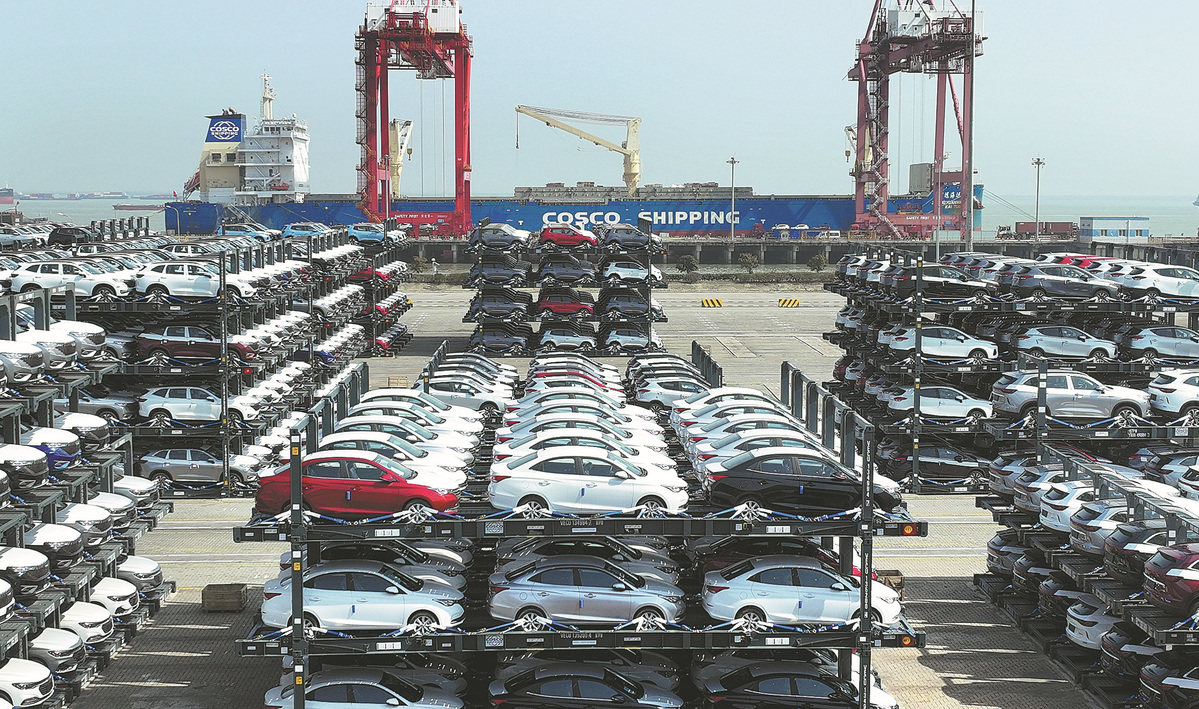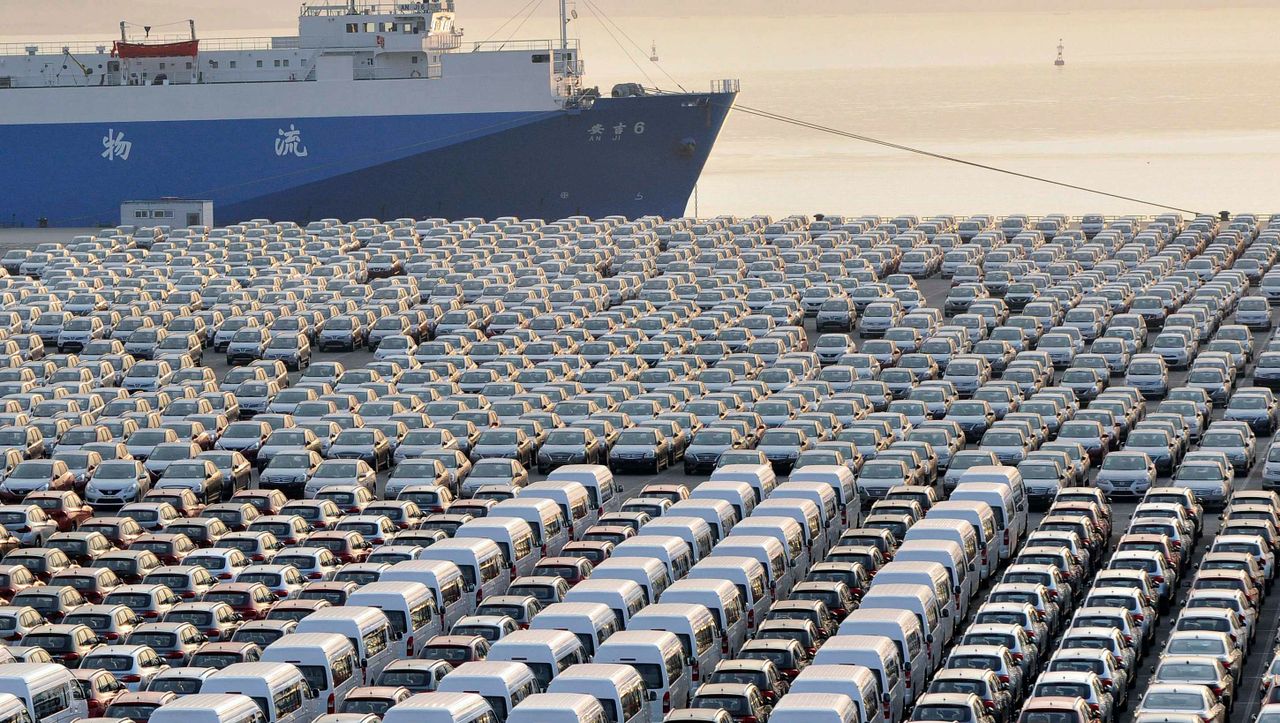Last Friday, it was brought to light that President Biden plans to hike tariffs on Chinese electric vehicles (EVs) fourfold. The aim? Shielding the US auto industry from the surging tide of Chinese EV manufacturing. But rather than merely shutting out competition, the US should focus on crafting its own line of affordable, cutting-edge EVs.
The global auto landscape is undergoing a seismic shift. Cars are evolving rapidly, alongside the methods used to build them. The giants of yesteryears aren’t guaranteed to maintain their dominance amidst the rise of newcomers and new technologies. One such game-changer? Electric powertrains are expected to power nearly all vehicles within a couple of decades—a consensus among experts.

Moreover, as one of the most polluting industries worldwide and the chief polluter in affluent nations, it’s imperative for transportation to clean up its act swiftly. This is crucial to mitigate the dire impacts of climate change. The sooner this transformation occurs, the smoother the transition for everyone.
The influx of fresh faces into car manufacturing doesn’t just come from startups like Tesla or Rivian. Entire nations are seizing the opportunity to bolster their presence in the ever-evolving global market. Foremost among these newcomers is China—the planet’s second-most populous nation, largest exporter, and second-largest economy. While China wasn’t a significant player in car exports before, that’s rapidly changing.
For the past couple of decades, China has been diligently building up its manufacturing prowess, particularly in electronics. Key to this effort has been Xi Jinping’s Belt and Road Initiative, aimed at securing trade routes and mineral partnerships with mineral-rich, less-developed nations. This initiative mirrors past actions by Western entities, like the IMF and World Bank, which invested in developing countries to secure resource partnerships.
However, critics have leveled accusations of exploitation at these initiatives, labeling them as economic imperialism or debt-trap diplomacy.
China’s preparations for this transition have been ongoing for years through concerted national efforts. In contrast, the US has only recently begun its own efforts, notably with the Inflation Reduction Act and initiatives to localize EV manufacturing and sourcing.
This scenario mirrors a historical precedent—the US auto industry’s struggles in the 1970s. Back then, dual crises—an oil crisis and a steel crisis—rocked the industry. Japan emerged as a formidable competitor, boasting superior manufacturing methods and undercutting American steel prices, leading to significant job losses in the US steel sector.

In the 1970s, the US attempted to counter Japan’s surge in steel production by imposing tariffs, accusing Japan of “dumping” steel below market rates. However, these measures didn’t halt Japan’s technological advancements in the steel industry, which continued to thrive despite tariffs.
During this era, the US faced not only a steel crisis but also an oil crisis, marked by oil shortages and soaring gas prices. American automakers predominantly churned out large, gas-guzzling vehicles, leaving them vulnerable to competition. Japanese automakers capitalized on this by swiftly introducing smaller, fuel-efficient cars to the US market, coinciding with the rise of environmental awareness and emissions regulations.
Rather than rising to the challenge by innovating, US automakers pursued half-hearted attempts to meet regulations while clinging to their gas-guzzling models. They lobbied against stringent regulations and sought tariffs against Japanese imports, hoping for a regulatory loophole rather than genuine progress.
Japan eventually agreed to voluntary export restrictions, prompting US automakers to improve their vehicle offerings. However, Japan emerged from this disruption as a global manufacturing leader, particularly in automotive manufacturing.
Fast forward to the present, and China mirrors Japan’s trajectory. China has surpassed Japan as the world’s largest car exporter, driven by its concerted efforts in EV manufacturing. Despite initially lagging in EV adoption, China now commands a significant EV market share, propelled by robust domestic production and burgeoning exports.
However, like the US in the past, Japanese industry is now dragging its feet on EVs, while European manufacturers also resist the transition. Despite calls for stronger emissions standards, automakers continue to lobby against progress, clinging to outdated models and strategies.
In contrast, China is surging ahead in EV production, buoyed by government support and aggressive manufacturing efforts. Chinese EV makers are swiftly building and selling vehicles, even exporting them en masse. This has led to accusations of “dumping” EVs on overseas markets, prompting tariff escalations.
The irony is palpable: Chinese taxpayers subsidize EV manufacturing, benefiting American consumers, yet face criticism for their proactive approach to combating climate change. This echoes the situation with Japan in the 1970s, illustrating a familiar pattern of industry dynamics and global competition.

